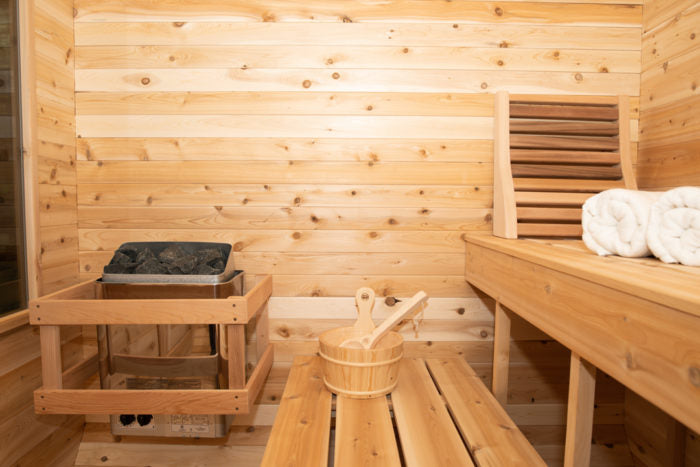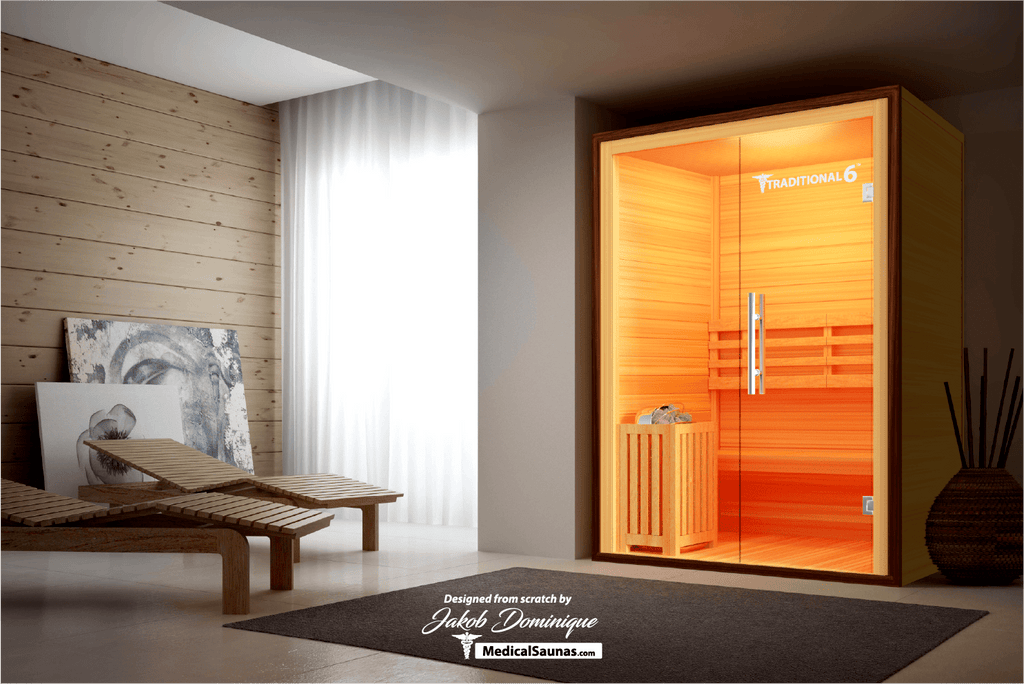Not known Facts About Traditional Sauna
Not known Facts About Traditional Sauna
Blog Article
Top Guidelines Of Traditional Sauna
Table of ContentsThe smart Trick of Traditional Sauna That Nobody is DiscussingExcitement About Traditional SaunaA Biased View of Traditional SaunaSome Known Details About Traditional Sauna Traditional Sauna Things To Know Before You Buy
A lot of the weight shed in a sauna is water loss and is re-gained upon rehydrating. Nonetheless, undoubtedly sauna can be an integral part of a healthy weight loss program. To take a look at the differences between standard and IR saunas, I will separate these right into proven, theoretical, and made differences.Hence, the best factor in the saunawhich is at the ceiling directly over the sauna heateris normally between 185 and 190 F. Claims that a standard sauna exceeds 200 F is merely not real and not applicable for electrical saunas offered in the United States. The temperature for a far-infrared sauna is normally set between 120 and 140 F; nevertheless, unlike the conventional sauna, the objective in and IR room is not to achieve a high temperature level.
As a result of this, the temperature difference is nearly unimportant, given that excessive sweating leads to both sauna kinds, yet the approach of heating the body is different. In an IR sauna the bather will really feel hot and will sweat profusely, but at a lot reduced temperatures (Traditional Sauna). Hence, if the goal is to spend longer periods of time in the sauna, the IR sauna is a great choice
When a conventional sauna has been correctly warmed, the sauna wall surfaces are cozy, the air temperature level has actually achieved set temperature level and the rocks are extremely warmed. As an interesting side note, the warmed wall surfaces and the rocks are discharging far-infrared heat, incorporated with the heated air, to develop an "covering heat".
More About Traditional Sauna

When the heat is attained, the elements cycle on and off to keep the heat. Most conventional sauna users appreciate pouring water over the rocks to create vapor to raise sauna moisture levels. The benefits of putting water over the rocks include: making the space more comfortable, dampening the nasal passages, and allowing the use of aromatherapy by mixing vital oils with the water.

When the power gets in the body, it triggers the body temperature level to boost and ultimately causes sweat. In an infrared sauna it's important for the emitters/heaters to stay on nearly continuously. Considering that there is no mass of rocks to preserve warmth, the sauna will cool if the emitters shut down.
As mentioned over, the sauna bather in an infrared space wishes to position himself before operating emitters to obtain optimal take advantage of the warm. The home heating time for the two spaces can be very various, depending on how the spaces are utilized. For a conventional sauna, a bather should allow 30-40 mins for the space to achieve a wanted temperature and to properly pre-heat the rocks.
Examine This Report on Traditional Sauna
A well created sauna will typically attain a temperature of 150-160 F in regarding 30-40 mins. For hotter temperature levels, the room might need to warm for a longer period. As soon as the space accomplishes established temperature, the heating unit will cycle on and off, usually running about 50% of the time. The shielded walls and the heated rocks will keep the room warm and at stable temperatures.

Typical saunas have a tendency to be bigger (therefore use even more electrical energy) than infrared saunas, although standard saunas are certainly offered in one and 2 individual sizes. For a two-person conventional sauna, 5x6 or 5x7 dimension is most preferred. The leading bench can pleasantly seat two or 3 individuals and is you can try this out additionally enough time to relax throughout the sauna session.
What Does Traditional Sauna Do?
The average price per kWH of electricity in the united state is roughly $0.11, so a 4.5 kW heating unit will certainly set you back approximately $.50 to run for one hour, if the heating unit runs constantly for one hour. Commonly a sauna heating system will certainly compete 75% of the first hour and 50% of succeeding hours on given that the elements cycle once the set temperature level is accomplished.

There is a hardly ever talked about difference in the social experience between the two areas. While our culture has actually lost several of the social benefit of the conventional sauna experience, it can be extremely socially rewarding (Traditional Sauna). From household time in the sauna, to heart-felt discussions with considerable others, to sauna partiesthe standard sauna experience can lead to intimate socializing
What Does Traditional Sauna Do?
A lot of higher end infrared rooms include colored light therapy, audio systems and full-glass fronts.
Report this page